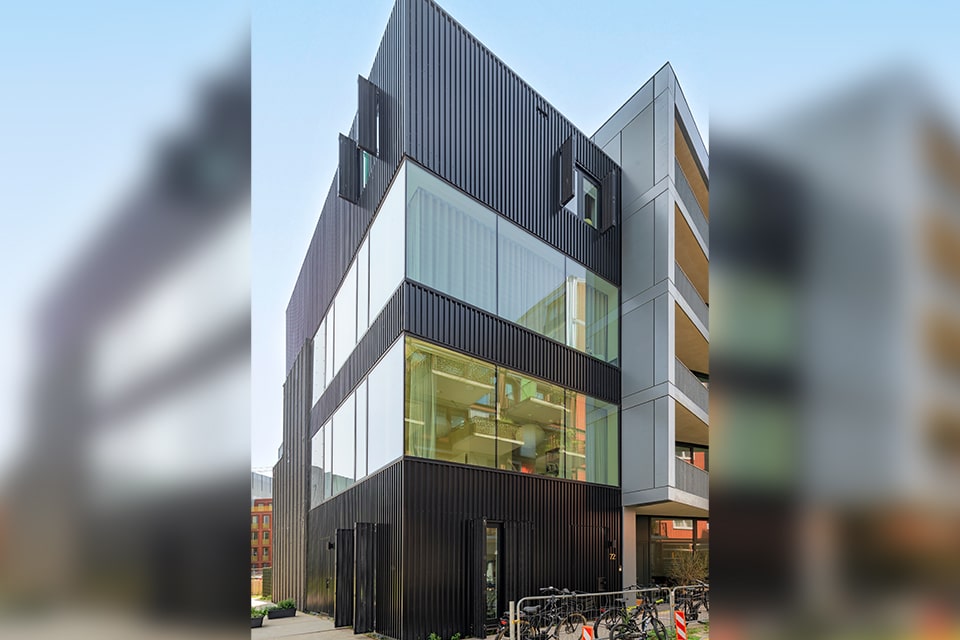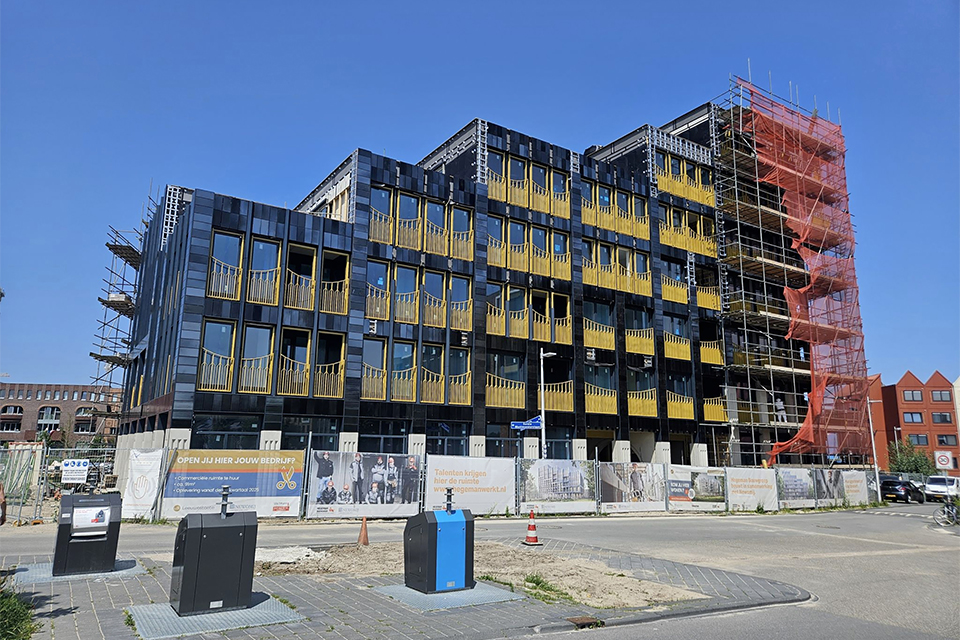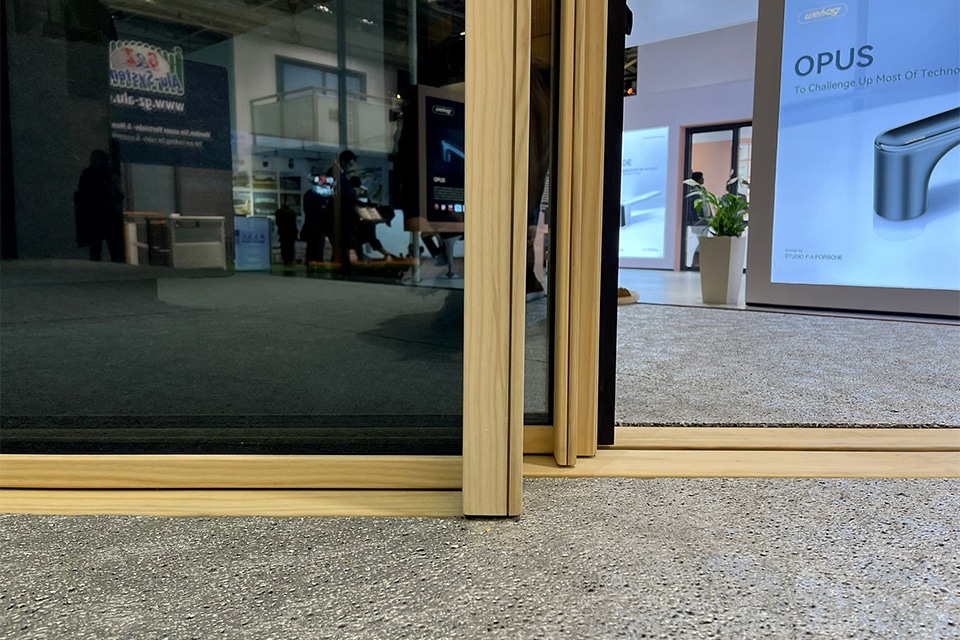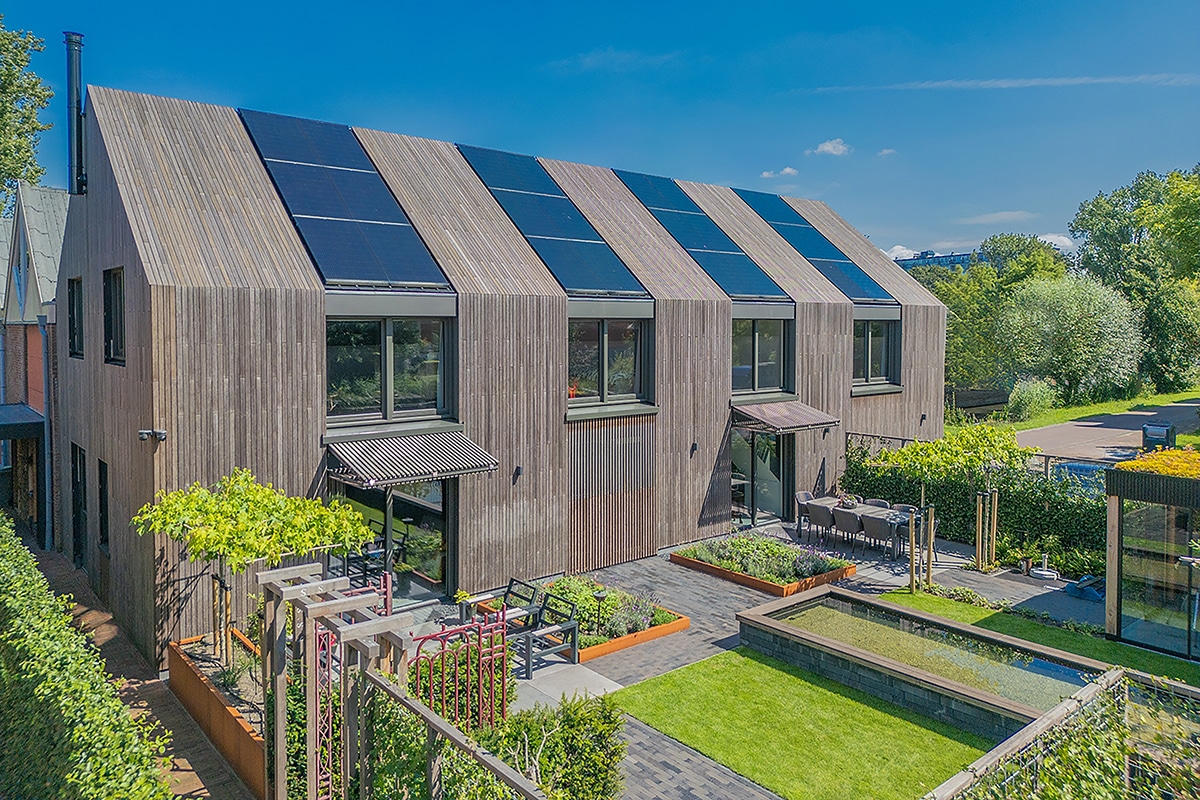
cube berlin: double-walled facade that meets complex aesthetic and technical requirements
cube berlin is a striking eleven-story office building on Washington Platz in Berlin's Europacity district. The building, with an area of 19,000 m², was developed by CA Immo and excellently represents how innovative architectural design can be successfully combined with the complex technical requirements (both in terms of structure and energy performance) of an "intelligent" office building.
cube berlin is a design by 3XN Architects from Copenhagen and stands out for its fully glazed, double-walled ventilated facade that allows the building to blend into its surroundings. The unique, custom-designed facade meets not only the architect's aesthetic requirements but also the stringent structural and energy performance requirements.
The combination of glass used in the fully glazed facade creates a visually appealing building that reflects its surroundings on all sides and dynamically changes appearance depending on viewing angle, weather and time of day. A stepped thermal façade under an exterior glass wall was used, creating a triangular pattern for the dynamic building. Access points are incorporated into various openings in the exterior wall on the four sides of the building and on multiple floors.
Torben Østergaard, partner at 3XN and involved in the project as an architect, says: "Our original idea was to design the building in such a way that it would engage in a dialogue with the urban space, the surrounding buildings and the activity on Washington Platz. To make the building function as a sculpture on the square, we looked for reflective glass that emphasizes the surface while visually reflecting the surroundings."
Another important design element was optimal use of daylight for the building's users. Østergaard says, "Because the floor slabs are quite deep, we wanted a fully glazed facade. Not only to create the optimal conditions for daylight, but also for the special feel of windows that extend from the floor to the ceiling, thus providing a stunning view."
Energy efficient
In addition to its breathtaking architecture, the project also stands out for its enormous commitment to sustainability, with lower energy consumption than traditional office buildings. A crucial role in this was played by the ventilated double-skin facade. This not only provides daylight, but also effectively protects against (solar) heat loads and offers the advantage of natural ventilation. As Joachim Fauth of Drees & Sommer, façade consultant on the project, points out, "To prevent overheating in the cavity, we applied solar protective coatings and sunlight-absorbing PVB layers in the outer wall."
Matthias Schmidt, Head of Development at investor CA Immo: "We are aiming for DGNB Gold certification for this project. The facade has an extremely energy-efficient design. Together with a clever technical concept that, among other things, recovers energy from heat, it contributes to an effective energy solution that goes against the prevailing idea that glass buildings are real energy guzzlers."
Another challenge was the structural structure of the glass. This required adding an additional interlayer that had to be compatible with the sunlight-absorbing PVB interlayer. National approval had to be obtained for this brand new solution during the design and construction phases. With this additional structural interlayer, edge stability was increased and the risk of delamination decreased, while the yellowness index was also reduced.
Joachim Fauth: "Designing such a complex product requires real teamwork. And that is exactly what happened during the design phase: the glass supplier, the PVB supplier, the architect and the facade expert worked together intensively."
Expert advice and technical support
In addition to supplying coated glass products, the Guardian Glass team also offered indispensable technical expertise.
In the words of Olivier Beier Costa, who was involved in the project as Guardian Glass Sales Manager, "The biggest challenge was the combination of two things: first, the architect's design and aesthetic concept, and second, the technical requirements of the building. So we had to look for products that were suitable for such an application. This entailed performing various tests and calculations and producing a large number of samples."




